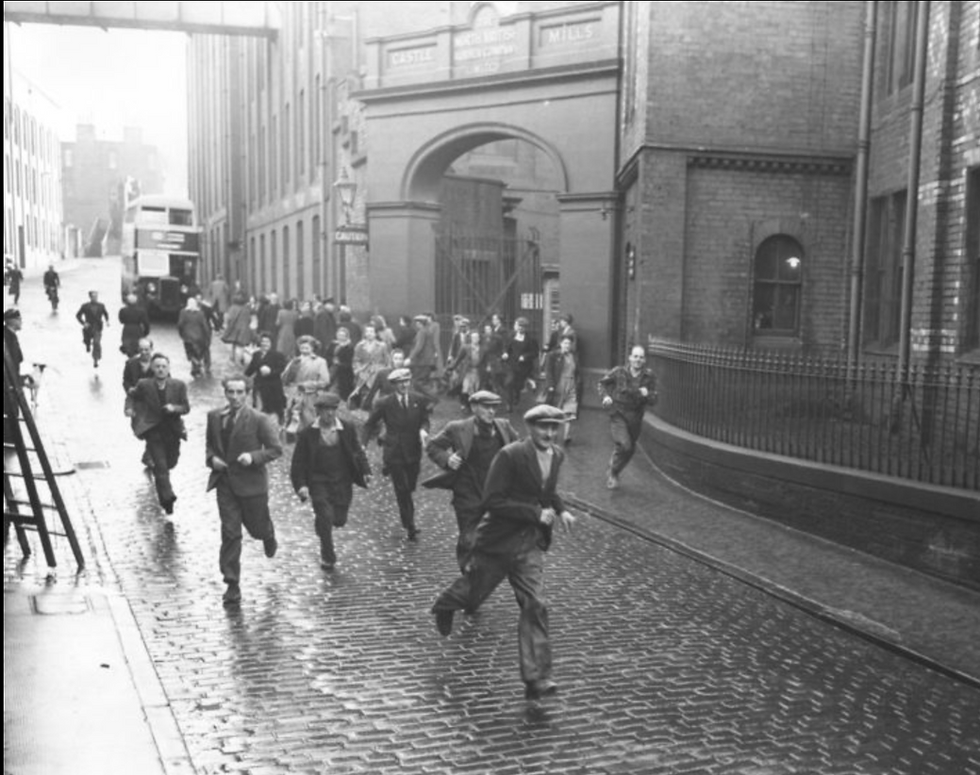Scott Monument Edinburgh: Gothic Tower of Stories and Stone
- May 1
- 2 min read
Updated: May 7

In the middle of Princes Street Gardens, rising above the trees like something out of a gothic fairytale, stands a spired and shadowy tower — intricate, striking, and unlike anything else in the city. This is the Scott Monument, built not for a king or a battle, but for a storyteller.
Sir Walter Scott was born in 1771 and died in 1832, at a time when Scotland was changing fast. The old Highland way of life was fading, industry was reshaping the landscape, and the Enlightenment had turned attention to science and reason. But Scott looked back. He listened to folk tales, studied old ballads, and turned Scotland’s turbulent past into sweeping, imaginative novels.
His stories — Waverley, Rob Roy, Ivanhoe — were full of loyalty and rebellion, romance and ruin. They blended real history with rich invention, painting Scotland as a land of wild mountains, noble clans, and brave hearts. People didn’t just read his books - they loved them. His writing gave Scotland a voice, a myth and a deep sense of pride.
By the time he died, Scott was a national hero. His funeral drew huge crowds and it wasn’t long before Edinburgh began planning a monument in his honour. Not a plaque or a statue - a tower, carved with figures from his stories, built to last for centuries.
A public competition was held for the design. The winner, to everyone’s surprise, was a self-taught joiner called George Meikle Kemp, who had no formal training in architecture. His gothic vision — dark, detailed, almost cathedral-like — felt perfectly suited to Scott’s romantic world. Building began in 1840, but heartbreakingly, Kemp drowned before it was completed. The monument opened in 1846.
Today, the tower rises over 200 feet above the gardens. At its base, a white marble statue of Scott sits with his dog Maida, calmly reading. Look closer and you’ll find 64 carved figures from his novels and poems, each tucked into alcoves and corners like guardians of story.
There’s Rebecca, the brave and gentle healer from Ivanhoe, a Jewish woman who defies cruelty with courage and grace. There’s Friar Tuck, jolly and mischievous, always ready with a tankard and a well-timed quip. You’ll even find Mary, Queen of Scots, the tragic queen whose life Scott brought vividly to life in The Abbot, shown in regal sorrow.
If you climb the 287 narrow steps to the top (not for the faint of heart), you'll be rewarded with one of the best views in Edinburgh - the castle, the Firth of Forth and the city spread out in all directions.
But even if you stay on the ground, the monument speaks. It’s a story in stone — a tribute not just to a writer, but to the world he imagined. People didn’t build this tower simply to remember Scott, but to thank him — for the stories that stirred their hearts, shaped their history and gave Scotland a voice.
Enjoyed this story? Take a stroll through Edinburgh and uncover more with the Edinburgh History Walks map.




Comments